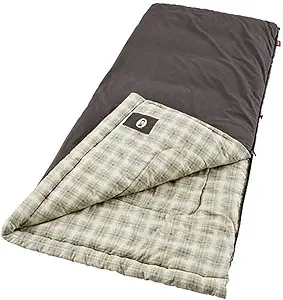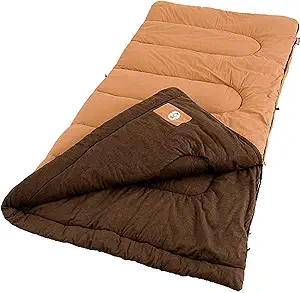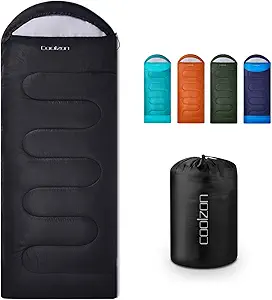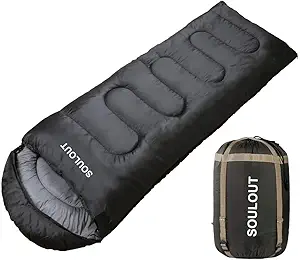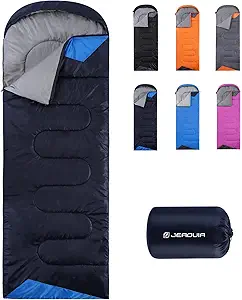The Ultimate Guide to Buying a Sleeping Bag
Overview
A sleeping bag is an essential piece of gear for any outdoor adventure, whether it’s camping, hiking, or backpacking. Choosing the right sleeping bag can make or break your experience, so it’s important to know what to look for. In this guide, we’ll cover the different types of sleeping bags, key considerations, features, prices, tips, and FAQs to help you make an informed purchase.
Types
1. Rectangular Sleeping Bags: These are the most common type of sleeping bags and are great for car camping or short hikes. They offer plenty of room to move around and can be unzipped to use as a blanket.
2. Mummy Sleeping Bags: These are designed for backpacking and provide excellent warmth-to-weight ratio. They are tapered at the foot and hood to reduce excess space, which minimizes heat loss.
3. Semi-rectangular Sleeping Bags: These are a hybrid of rectangular and mummy bags, offering more room than a mummy bag but less than a rectangular bag. They are versatile and can be used for both car camping and backpacking.
Key Considerations
1. Temperature Rating: Consider the lowest temperature you’ll be camping in and choose a sleeping bag with a temperature rating that matches or exceeds it.
2. Insulation Type: Down insulation is lightweight, compressible, and provides excellent warmth, but loses its insulating properties when wet. Synthetic insulation is heavier and less compressible, but retains its insulating properties when wet.
3. Weight and Packability: If you’re backpacking, consider a lightweight and compressible sleeping bag that won’t take up too much space in your pack.
4. Size and Shape: Make sure the sleeping bag fits your body size and shape to maximize warmth and comfort.
5. Gender-specific Sleeping Bags: Women’s sleeping bags are designed to fit a woman’s body shape and provide extra insulation in the footbox and torso areas.
Features
1. Hood: A hood can help keep your head and neck warm and is essential for colder temperatures.
2. Draft Collar: A draft collar helps prevent heat loss around the neck and shoulder areas.
3. Zipper: A two-way zipper allows you to vent the bag for temperature control and makes it easier to get in and out.
4. Pockets: Some sleeping bags come with pockets to store small items like a phone or flashlight.
5. Sleeping Pad Compatibility: Look for a sleeping bag that is compatible with a sleeping pad to prevent sliding around during the night.
Prices
Sleeping bags range in price from $50 to $500, depending on the type, insulation, and features. Generally, the more lightweight and compressible the sleeping bag, the higher the price.
Tips
1. Always try on a sleeping bag before buying to ensure a proper fit.
2. Use a sleeping pad to insulate yourself from the ground and prevent heat loss.
3. Consider purchasing a liner to keep your sleeping bag clean and add an extra layer of warmth.
4. Store your sleeping bag in a dry, cool place to prevent damage to the insulation.
FAQs
Q: How do I clean my sleeping bag?
A: Most sleeping bags can be machine washed with a gentle detergent and tumble dried on low heat. Follow the manufacturer’s instructions for best results.
Q: How do I store my sleeping bag?
A: Store your sleeping bag in a large, breathable storage sack or hang it in a dry, cool place. Avoid storing it in a compressed stuff sack for long periods of time.
Q: Can I use a sleeping bag in warm weather?
A: Yes, many sleeping bags come with a two-way zipper that allows you to vent the bag for temperature control. You can also choose a sleeping bag with a lower temperature rating for warmer weather.


